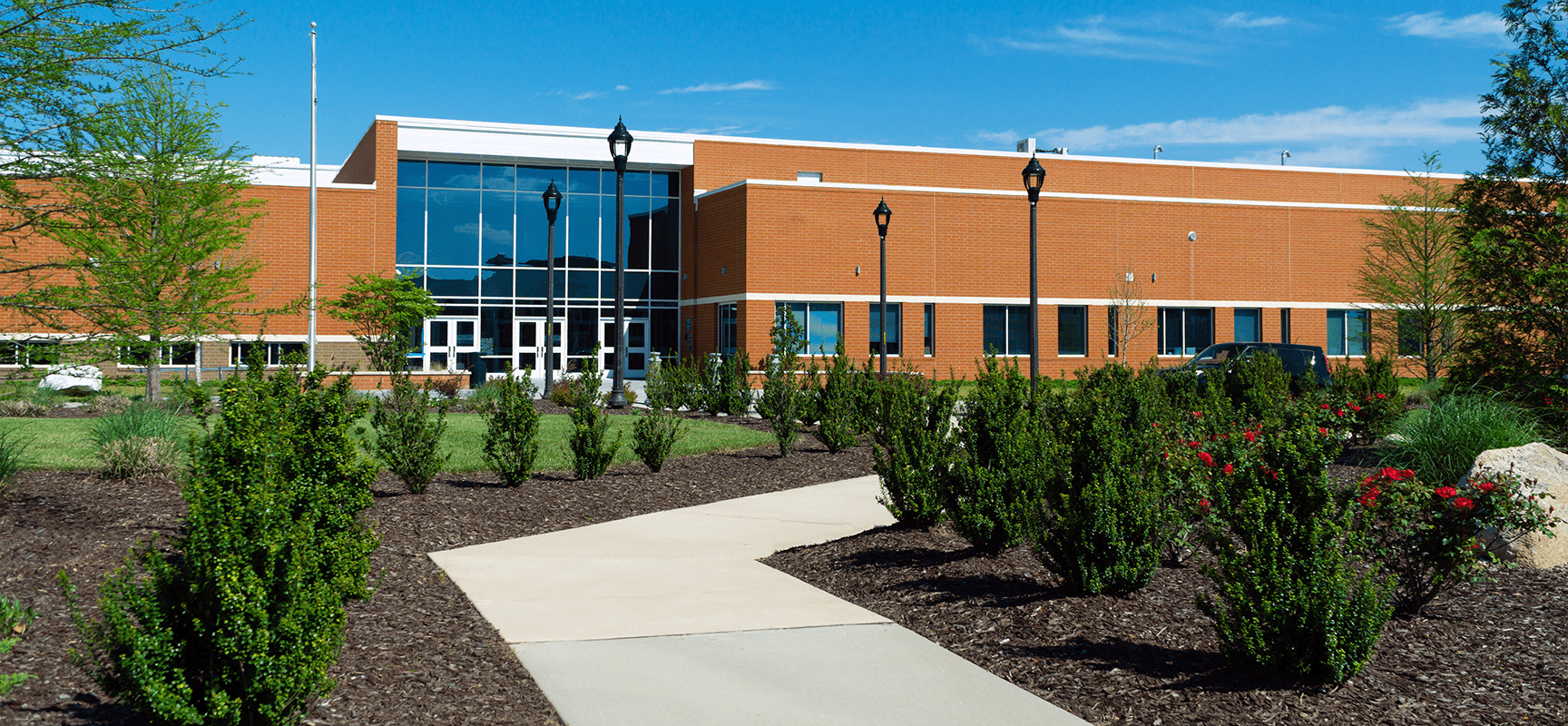
A Road Map for Reducing Your School’s Property Risk
After several consecutive years of double-digit commercial property insurance rate increases, there is still no end in sight to the challenging insurance buyer marketplace or the factors contributing to it. As a result, you may be thinking it’s impossible to have any control over your school’s rising property insurance costs. However, at AssuredPartners, we believe you can regain power over your premiums by taking a property risk management approach.
This approach requires schools to think proactively and purposefully about how they plan to construct, maintain, and repair their campus buildings for sustainability in the face of a wide array of threats. By establishing a property risk management process that is endorsed by a cross-functional team of stakeholders, a school can demonstrate to its insurance carriers a strong commitment to:
- Understanding its property risks.
- Planning and budgeting to address these exposures on an ongoing basis.
- Actively reducing property losses and minimizing claims.
Just the due diligence required to create the process can pay off for a school, making it a more attractive risk to insurance carriers. On the other hand, educational institutions that don’t invest time and resources in a property resiliency and sustainability effort may find their insurance company, as well as other carriers, reluctant to work with them.
All schools, no matter their size or resources, can adopt and adapt a property resilience approach to their specific needs. The most critical factor for success is a belief and conviction in its importance. In other words, do the key stakeholders at the institution believe in and understand the need to reduce the potential for property losses on the campus? Once that buy-in is secured, any school should be able to implement this process and customize it to fit its specific time frames, budget, and capacity.
The 4 Steps to Managing Your School’s Property Risk
To help guide you through this process, we want to share a “Road Map for Enhancing Property Resilience.” This approach should be an ongoing cycle that includes the following four main phases:
Engage: Involving all the right people from the beginning of the process is crucial. From our experience this means forming a committee consisting of representatives from a variety of campus departments that have a vested interest in property resilience. This could include:
- Risk Management
- Finance
- Environment, Health, and Safety (EHS)
- Facilities Management
- Sustainability Team
- Environmental, Social, and Governance (ESG)
In addition, your insurance broker, your current insurance carrier, and any third-party vendors that may need to be consulted during the process, such as contractors or consultants, should all participate in this project from the beginning.
Assess: In this phase, your committee identifies your school’s existing and emerging property risks and vulnerabilities, as well as the conditions that might affect the ability of your institution and its physical assets to adapt to, withstand, or recover from these threats. This part of the process is likely to take some time and requires all hands on deck because it involves:
- Inspecting all campus property.
- Collaborating with your insurance broker and carrier to calculate loss expectancies.
- Utilizing third-party vendors to help estimate direct and indirect costs of making any prescribed changes.
Prioritize: It’s unlikely any school, no matter the size, has the funding or capacity to check off every item on its list of risks all at once. We recommend considering criteria like the following as you prioritize your concerns:
- Which actions require the least resources to deliver exceptional return on investment?
- Is there low-hanging fruit that can be accomplished with minimal budget and planning? Checking off a few small items right away can demonstrate to your insurance carrier that you’re dedicated to getting things done.
- What are your insurance carrier’s most significant concerns, and can you align your priorities to address them?
- What academic programs are the most important to your school?
Strategize: From priority No. 1 to the last risk on your list, you must create a directive on how and when each risk will be addressed, monitored, reviewed, and regularly reassessed. For example, if the exposure is repairing a roof, some of the discussion points for a plan to address it might be:
- Can the roof be repaired, or does it need to be fully replaced?
- When is the best time to do this work based on the academic and summer schedule?
- Will students or departments have to be relocated during construction, and where will they go?
- Should you stick with the normal roof warranty or invest in an extended one?
If you repair/replace it now, what is the expected life span of the roof, and how can you make sure you have funding to replace it at that point in the future??
Of course, step four is not the end of this journey. All stakeholders must convene regularly to review the status of projects aimed at improving previously known exposures and any new ones that have been uncovered. These meetings are also important to take stock of your sustainability objectives to ensure you stay ahead of trending property risks.
Strengthen your school's property resilience and demonstrate a commitment to proactive risk management.
As You Build Your School’s Property Risk Management Process, Get the Support of an Experienced Team
Establishing a property risk management process is not generally done in a few days, weeks, or even months, so there’s no better time to get going on it than today. At a minimum, though, we recommend you start down the road map we’ve shared at least six months prior to your upcoming insurance policy renewal date. Why this timing? Many insurance companies visit campuses during the renewal period to get a first-hand look at the condition of the properties they are insuring. Having your property resilience framework in place puts you in the driver’s seat if they do an on-site inspection because you’ll already know about any risks they identify and potentially already have a plan and budget to address them.
Please know that AssuredPartners is available to support you in navigating the road map for enhancing property resilience and adjusting it to your specific campus and its buildings. As experienced risk management professionals, our participation may help you better understand your school’s exposures and make more informed decisions about how to improve your risk profile by managing, transferring, and/or mitigating these hazards. We invite you to reach out to our Education Practice Group for more information

Related articles

In its latest annual “Top Risks Survey” report, United Educators (UE) found that the number of respondents who serve as their school’s risk manager or whose responsibilities include substantial risk...

You don’t have to be an expert in cybersecurity to understand why hackers might set their criminal minds on attacking government agencies, utility companies, financial institutions, retailers, and...

K-12 schools and higher-education institutions across the nation are setting records. Unfortunately, these are not milestones anyone feels like celebrating. That’s because these organizations are...